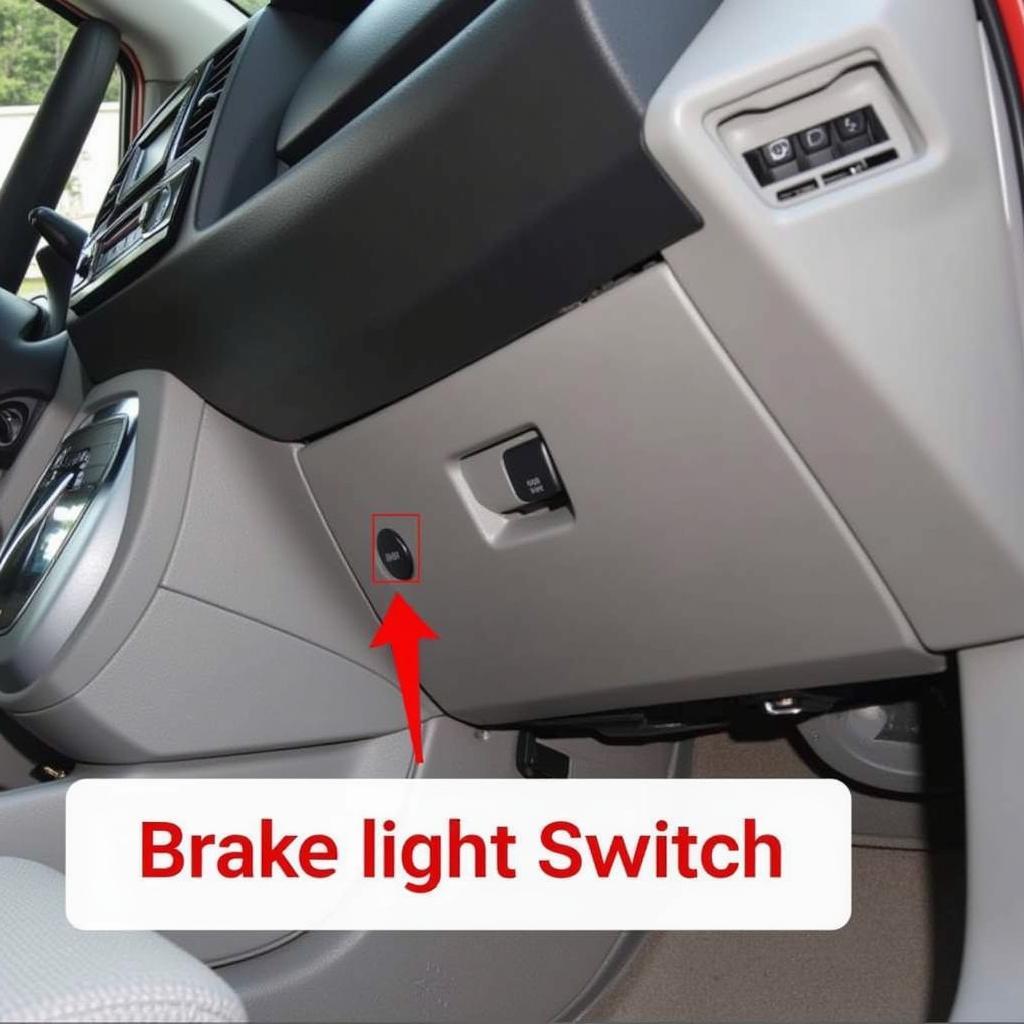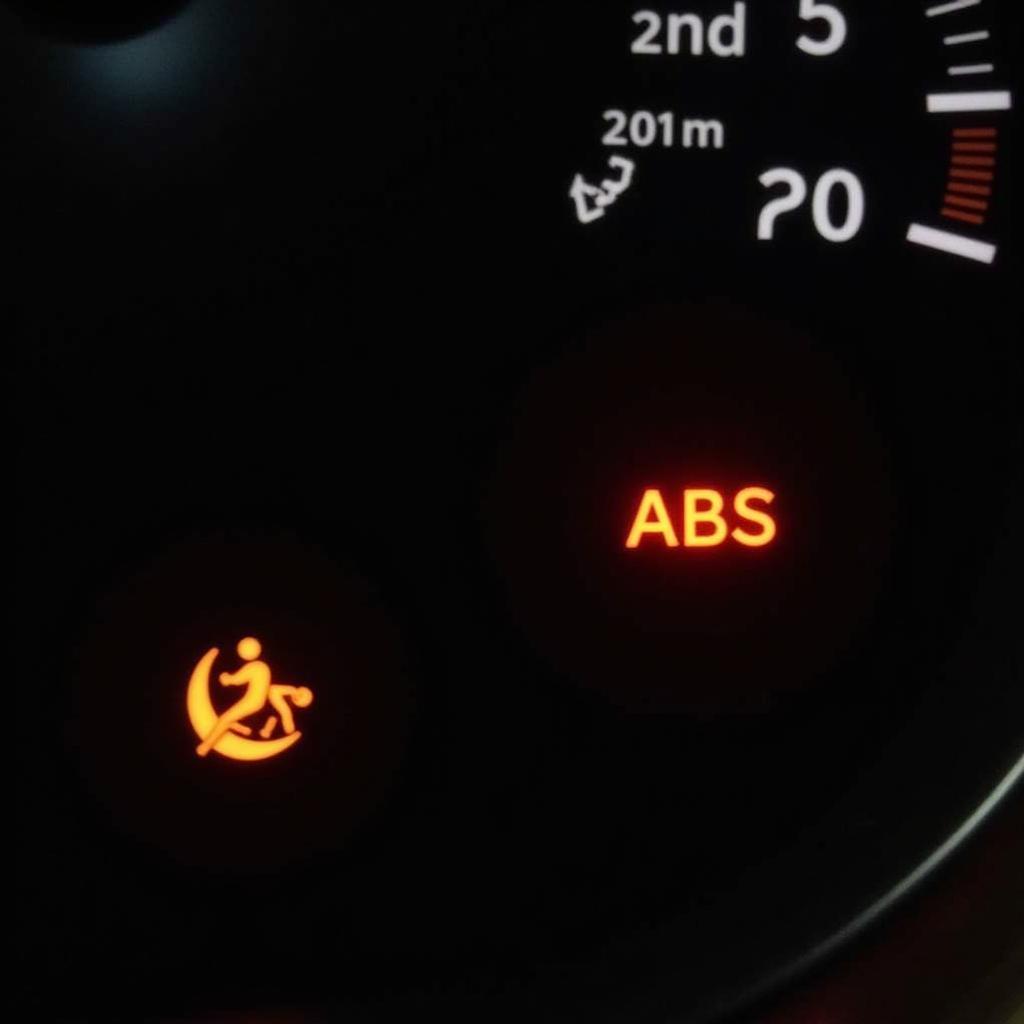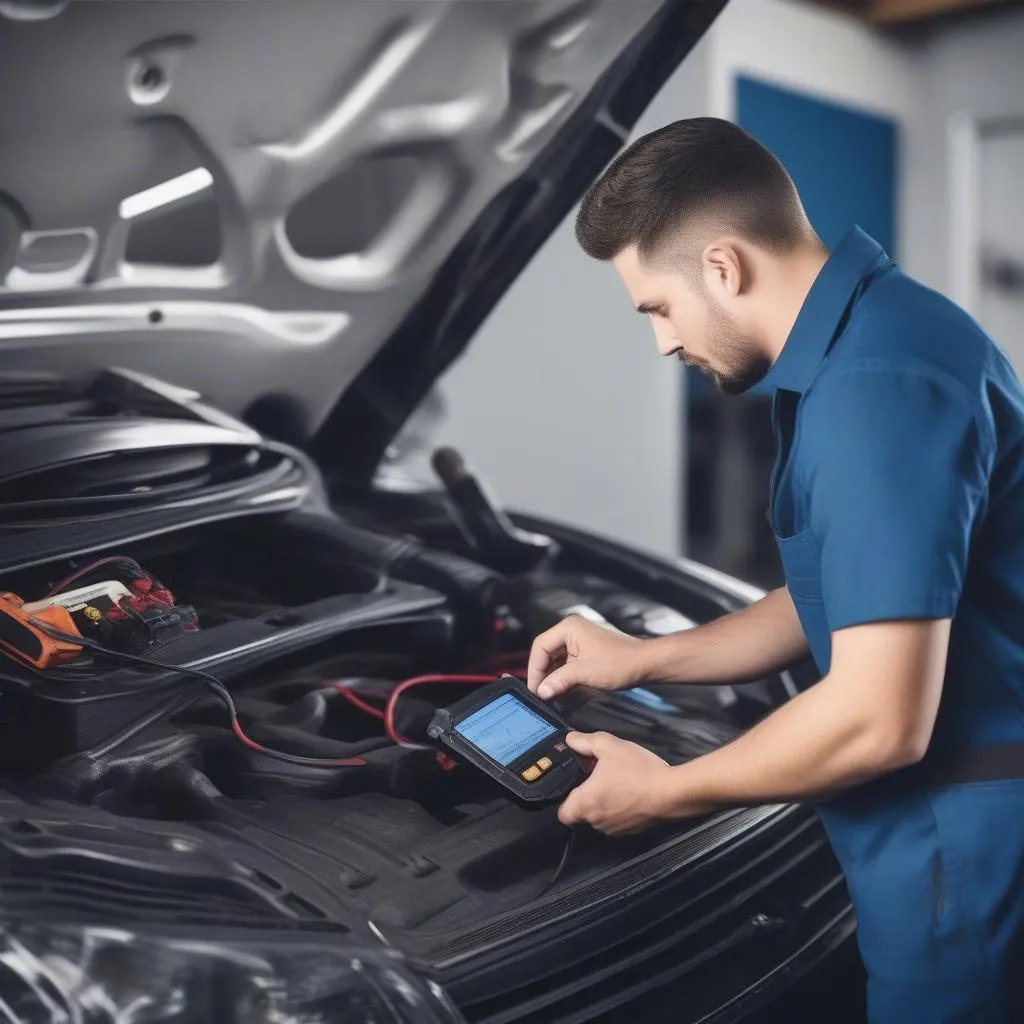The Honda Odyssey, known for its reliability and family-friendly features, can sometimes throw a curveball with a glowing brake light warning. This warning signal, while concerning, doesn’t always spell doom for your minivan. It often indicates an issue within the braking system that needs attention, ranging from a simple bulb replacement to a more complex ABS problem.
This comprehensive guide delves into the common causes behind a Honda Odyssey brake light warning and provides practical solutions to get you back on the road safely.
Common Causes of a Honda Odyssey Brake Light Warning
Understanding why your Honda Odyssey’s brake light is on is crucial for effective troubleshooting. Here are the most common culprits:
1. Burnt-Out Brake Light Bulb
This is the most straightforward and least expensive issue. Like any other bulb, brake light bulbs have a lifespan and eventually burn out.
How to Identify:
- Visually inspect your brake lights. If one or more are out, the culprit is a burnt bulb.
Solution:
- Replace the burnt-out bulb with a new one. This is a simple DIY task, but refer to your owner’s manual for the correct bulb type and replacement procedure.
 Honda Odyssey burnt out brake light bulb
Honda Odyssey burnt out brake light bulb
2. Blown Fuse
Your Honda Odyssey’s brake lights operate on a dedicated fuse. If this fuse blows, your brake lights won’t function.
How to Identify:
- Check your owner’s manual to locate the brake light fuse.
- Visually inspect the fuse for a broken wire or use a multimeter to test for continuity.
Solution:
- Replace the blown fuse with a new one that matches the amperage specified in your owner’s manual.
3. Faulty Brake Light Switch
The brake light switch, located under the brake pedal, activates your brake lights when you press the pedal. A malfunctioning switch can prevent the lights from illuminating.
How to Identify:
- If your brake lights don’t turn on when pressing the pedal but work with the parking brake engaged, the brake light switch is likely the issue.
Solution:
- Replacing the brake light switch usually requires basic mechanical skills. If you’re comfortable working on your car, you can find tutorials online. Otherwise, consult a mechanic.
 Location of the brake light switch in a Honda Odyssey
Location of the brake light switch in a Honda Odyssey
4. Low Brake Fluid Level
Brake fluid is vital for your Honda Odyssey’s braking system. When the fluid level is low, it often triggers the brake light warning.
How to Identify:
- Check the brake fluid level in the reservoir under the hood. If it’s below the “minimum” mark, your brake fluid is low.
Solution:
- Add the correct type of brake fluid to the reservoir, bringing it up to the “maximum” line. However, consistently low brake fluid might indicate a leak, which needs immediate professional attention.
5. Worn-Out Brake Pads
Worn brake pads are a common cause of brake light warnings. Most Honda Odysseys have a wear sensor in the brake pads that triggers the warning light when the pads become too thin.
How to Identify:
- If you hear a screeching or grinding noise when braking, your brake pads are likely worn out.
Solution:
- Replace your brake pads. It’s recommended to replace all four pads simultaneously for even braking performance.
“A screeching sound while braking is a clear sign of worn-out brake pads and a strong indication that you should address the issue immediately,” says John Davis, a senior automotive technician with over 20 years of experience. “Ignoring this can lead to more costly repairs down the line.”
6. ABS (Anti-lock Braking System) Issues
Your Honda Odyssey’s brake light warning can also indicate problems with the ABS. This sophisticated system prevents wheel lockup during hard braking.
How to Identify:
- If the ABS warning light illuminates alongside the brake light warning, there might be an issue within the ABS system.
Solution:
- Diagnosing and repairing ABS problems typically requires specialized equipment. It’s best to take your Honda Odyssey to a qualified mechanic or dealership for diagnosis and repair.
 Honda Odyssey ABS warning light
Honda Odyssey ABS warning light
Troubleshooting Tips for a Honda Odyssey Brake Light Warning
If you’re confident in your mechanical abilities and want to troubleshoot the issue yourself, here are some additional tips:
- Consult your owner’s manual: Your owner’s manual is your best friend when it comes to understanding your Honda Odyssey’s warning lights and their meanings.
- Use a code reader: A code reader can provide valuable information about the specific fault codes triggering the brake light warning.
- Check the wiring: Inspect the wiring connected to the brake light bulbs, brake light switch, and related components for any signs of damage, wear, or loose connections.
- Start with the simplest solutions: Begin by checking for burnt-out bulbs, blown fuses, and low brake fluid levels. These are often the easiest and least expensive issues to address.
- Don’t ignore the warning: Driving with a brake light warning can be dangerous. Address the issue as soon as possible to ensure your safety and the safety of others on the road.
When to Consult a Mechanic
While some brake light issues are simple DIY fixes, others require the expertise of a qualified mechanic. It’s crucial to seek professional help if:
- You’ve tried the troubleshooting tips above, and the brake light warning persists.
- You’re uncomfortable working on your vehicle’s braking system.
- You suspect a problem with your Honda Odyssey’s ABS system.
Remember, your safety is paramount. Don’t hesitate to consult a mechanic for a thorough diagnosis and repair if you’re unsure about any aspect of your vehicle’s braking system.
Conclusion
A Honda Odyssey brake light warning shouldn’t be ignored. It’s a vital signal that something within your braking system requires attention. By understanding the common causes and solutions outlined in this guide, you can take the necessary steps to rectify the issue and ensure your minivan remains a safe and reliable mode of transportation for you and your family.

